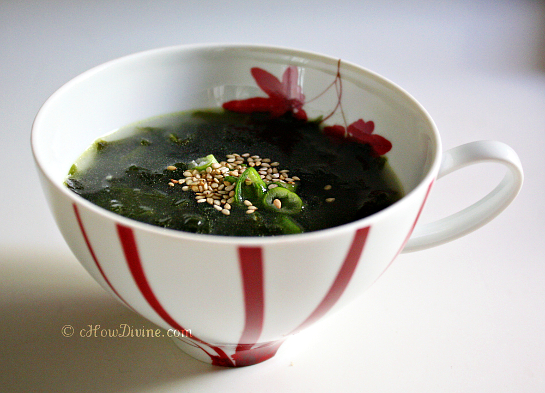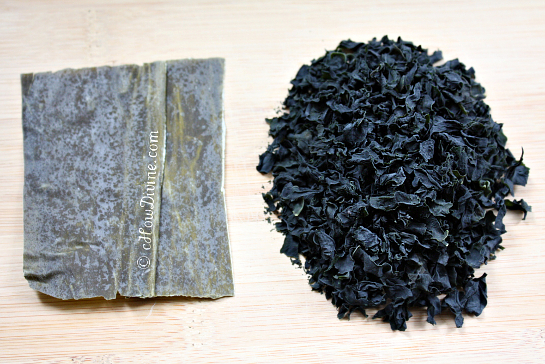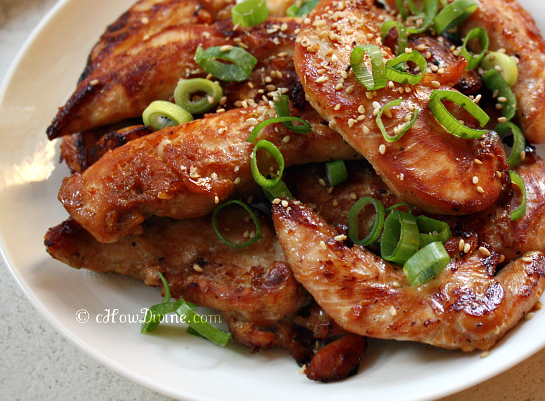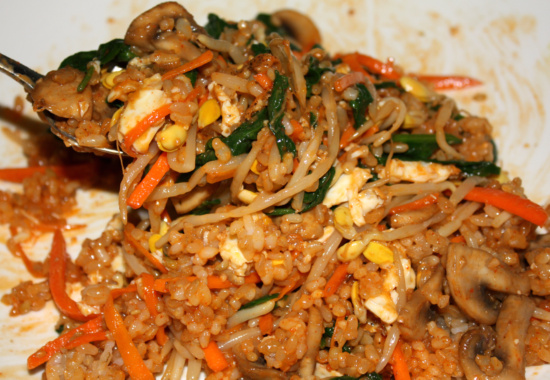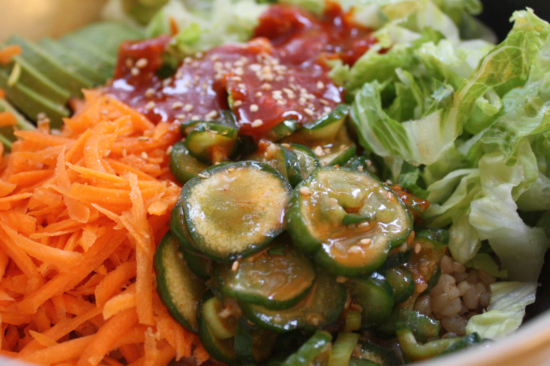Growing up, I didn’t get chicken noodle soup for colds and other ailments. I got Miyeok Guk, sometimes Samgaetang (soup with cornish game hen stuffed with sweet rice), but mostly Miyeok Guk.
Miyeok (seaweed) is rich in minerals and phytonutrients that are beneficial to the human body. In fact, Miyeok Guk is served in hospitals in Korea to postpartum women to replenish nutrients that may have been depleted during childbirth; and they continue to consume the soup during lactation due to its properties that are believed to stimulate lactation. So it’s apropos that it is traditionally served on birthdays as symbolism for the first food consumed after birth. But Miyeok Guk is not reserved for these occasions alone. It is consumed all year round due to its health benefits and deliciously savory flavor.
If that doesn’t convince you to give this soup a try, I read an article the other day about 5 nutrients that people are not getting enough of. One of the nutrients mentioned is iodine. Many believe that iodine intake from the contents of their salt shaker would suffice, but this article suggests otherwise. Iodine is required to produce hormones that control your metabolism; so deficiency in iodine may cause weight gain, and according to the article, fatigue. Miyeok is a type of sea vegetable. And sea vegetables are an excellent source of iodine.
It’s a good thing that Miyeok Guk is so healthy. Because I have been under the weather lately. It must be the change in the weather. The huge fluctuations in temperature and humidity level really messes with my system. So I’ve been sniffly and feeling really weak. And my pounding head, my sinuses and my throat have been keeping me awake at night. ugh… the dreaded cold.
I decided to make Miyeok Guk. It’s pretty easy to make. It’s nourishing for the body (and the soul). It’s soothing. It’s tasty. And it takes me to a happy place.

